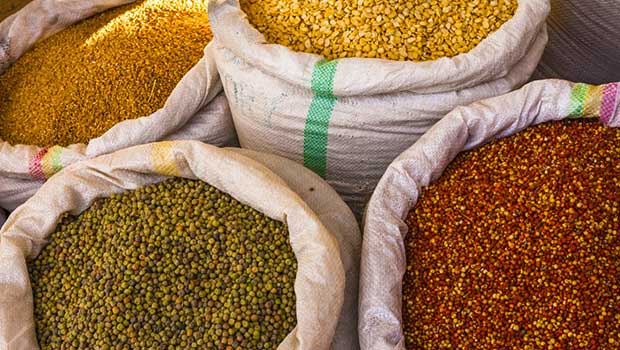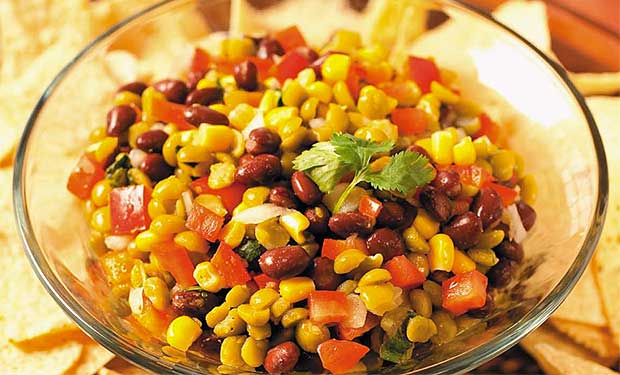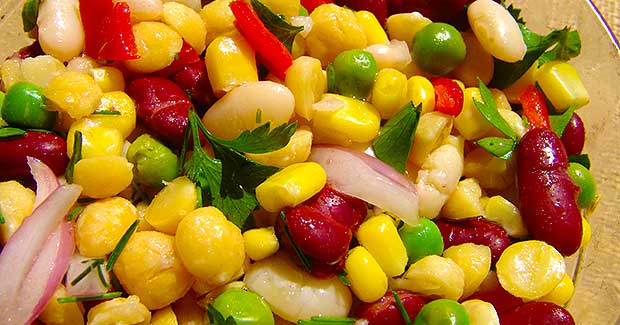Advertisement
Pulses Are the Superfood You’re Missing in Your Garden
| By Jason Owen
Advertisement - Continue reading below

There’s a well-known food group that’s been under-utilized in your diet. They’re healthy, full of protein, can be grown in any garden, and consume less water than other plants (so you can do your part to help Mother Nature).
Pulses are the dried, edible seeds of legume plants, which include things like lentils, chickpeas, and dried peas. Regular consumption of pulses is said to reduce the risk of heart disease, diabetes, and certain types of cancer, as well as a host of other benefits for people and the planet as a whole.
The health benefits are best summarized by the North Dakota State University agriculture department:
“[P]ulses provide protein, complex carbohydrates, and several vitamins and minerals. Like other plant-based foods, they contain no cholesterol and little fat or sodium. Pulses also provide iron, magnesium, phosphorus, zinc and other minerals, which play a variety of roles in maintaining good health.”
Along with these benefits, the NDSU AG department says pulses can play a vital role in numerous types of diets, including gluten-free (for celiac disease sufferers), diabetic diets, vegetarian diets (pulses are a great meat substitute that offers double the protein of quinoa), and weight-management diets.
While pulses will certainly be a boon to your health, they’re also a boon to the health of the planet as a “low water-use crop.”
As ThinkProgress reported, “daal, a split lentil, requires just one-tenth the amount of water that an equal amount of cooked beef requires. Because of this, pulses are well-suited for agriculture in areas where water is relatively scarce, and most pulse-growing operations don’t require extra irrigation.”

This benefit can be extended to areas that in recent years have experienced water shortages and droughts, such as the historic drought in California over the last several years.
Additionally, pulses in regular crop/garden rotations have been shown to increase yields for the other crops.
“In Montana, one of the United States’ leading producers of both wheat and pulses, wheat farmers have seen their yields increase when, instead of allowing their fields to lie fallow after a wheat crop, those fields are planted with pulses,” ThinkProgress reported.

These are some of the reasons the United Nations established 2016 as the “International Year of Pulses.”
So, are you looking to add some pulses to your garden party? Here’s a list of various pulses to bring to your backyard this year:
- Baked Beans;
- Red, green, yellow, brown lentils;
- Chickpeas (chana or garbanzo beans);
- Garden peas;
- Black-eyed peas;
- Runner beans;
- Fava Beans;
- Kidney beans, lima beans, haricots, cannellini beans, flageolet beans, pinto beans, borlotti beans.
And if you’re already growing pulses in your garden, the NDSU AG department has some stellar meal ideas, like Mexican Tostadas, Steak and Chickpea Stir-Fry, Split-Pea Salsa, and more.
Advertisement - Continue reading below
Share
On Facebook
